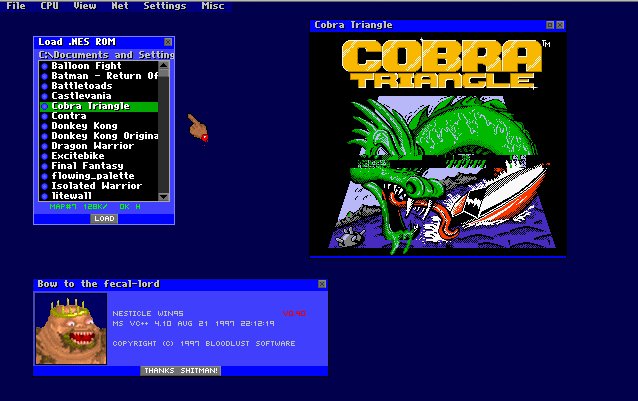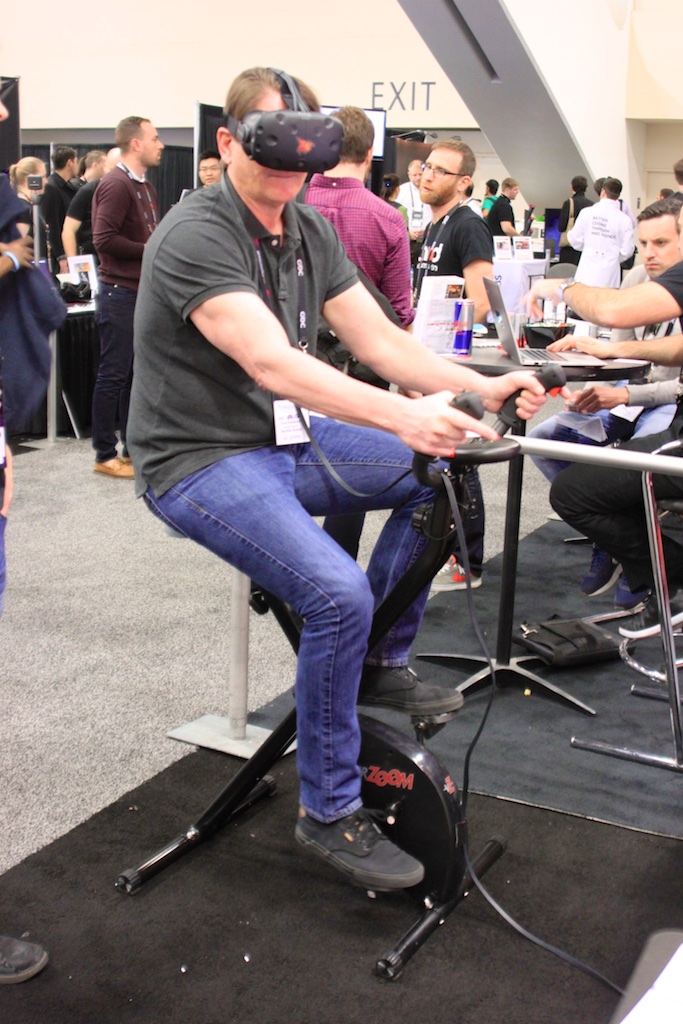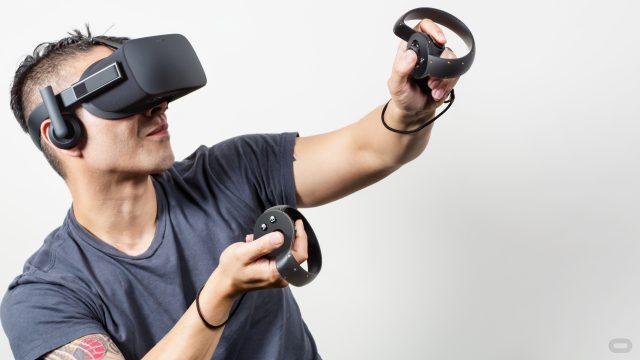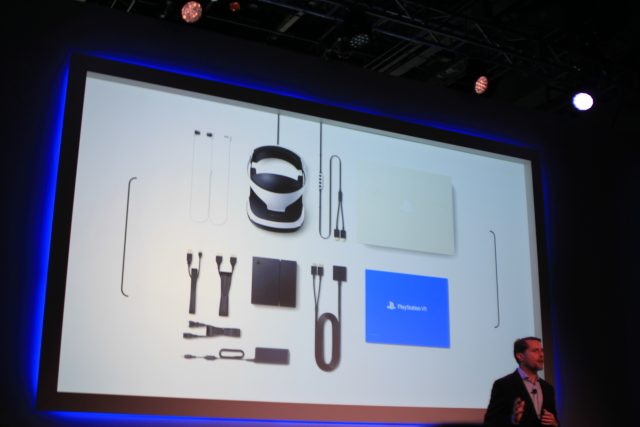
That green box in the middle of this Aperture Science scene indicates it's running right in the middle of the adaptive performance curve. (credit: Alex Vlachos)
Officially, Valve's SteamVR performance test seems to require a high-powered Nvidia GTX 970 graphics card or better for high-quality "VR ready" performance. At a GDC talk last week, though, Valve Graphics Programmer Alex Vlachos detailed how a number of adaptive quality programming tricks let him run Valve's impressive Aperture Science VR demo passably on a four-year-old Nvidia GTX 680.
That's especially impressive because VR graphics can often push even high-end graphics cards to their limits. In virtual reality, the graphics hardware has to push two separate views (one for each eye) at a rock-solid 90 frames per second to avoid a nauseating delay between head movement and the view shown on the display. That leaves the graphics card only 11.1 ms per frame to render what can be complex 3D scenes.
The VR environment also means the user can often move the first person "camera" (i.e. their head) wherever they want, as fast as they want. Unlike a standard first-person engine, which usually displays the world only at standing or crouching height, a free-roaming VR engine needs to be potentially ready to display any object from any distance and any angle, rendering it quickly at a convincing level of detail. And a VR engine can't just slow to a crawl when scenes get crowded or complicated, either. Remember, dipping below 90 fps can be literally sickening.







